PCR Product Cleanup: Manual Procedure and Best Practices
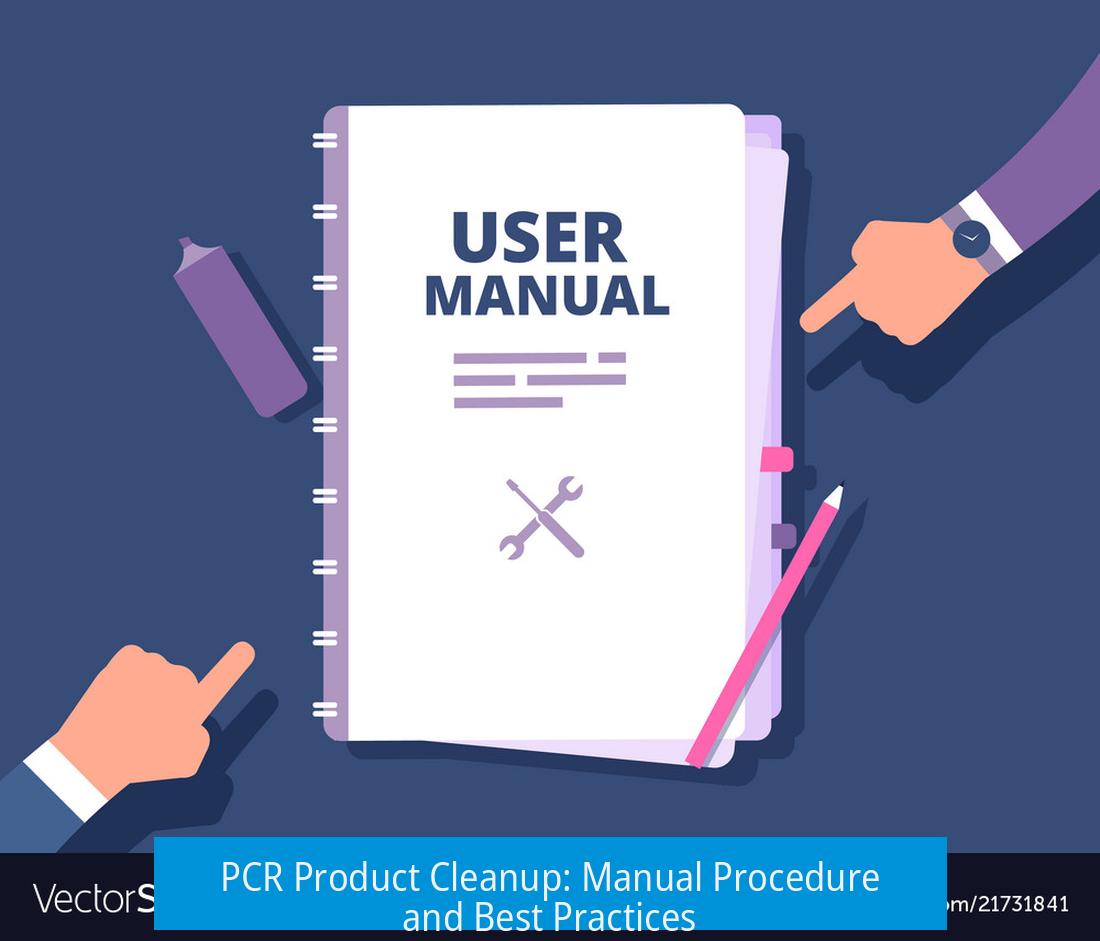
PCR product cleanup is essential to remove primers, nucleotides, enzymes, and other contaminants from the amplification reaction. Manual cleanup can be performed using traditional extraction methods, or through buffer-based column protocols. This guide details reliable, manual cleanup procedures and offers practical tips and alternatives to optimize your purified DNA for downstream applications.
General Considerations for PCR Cleanup
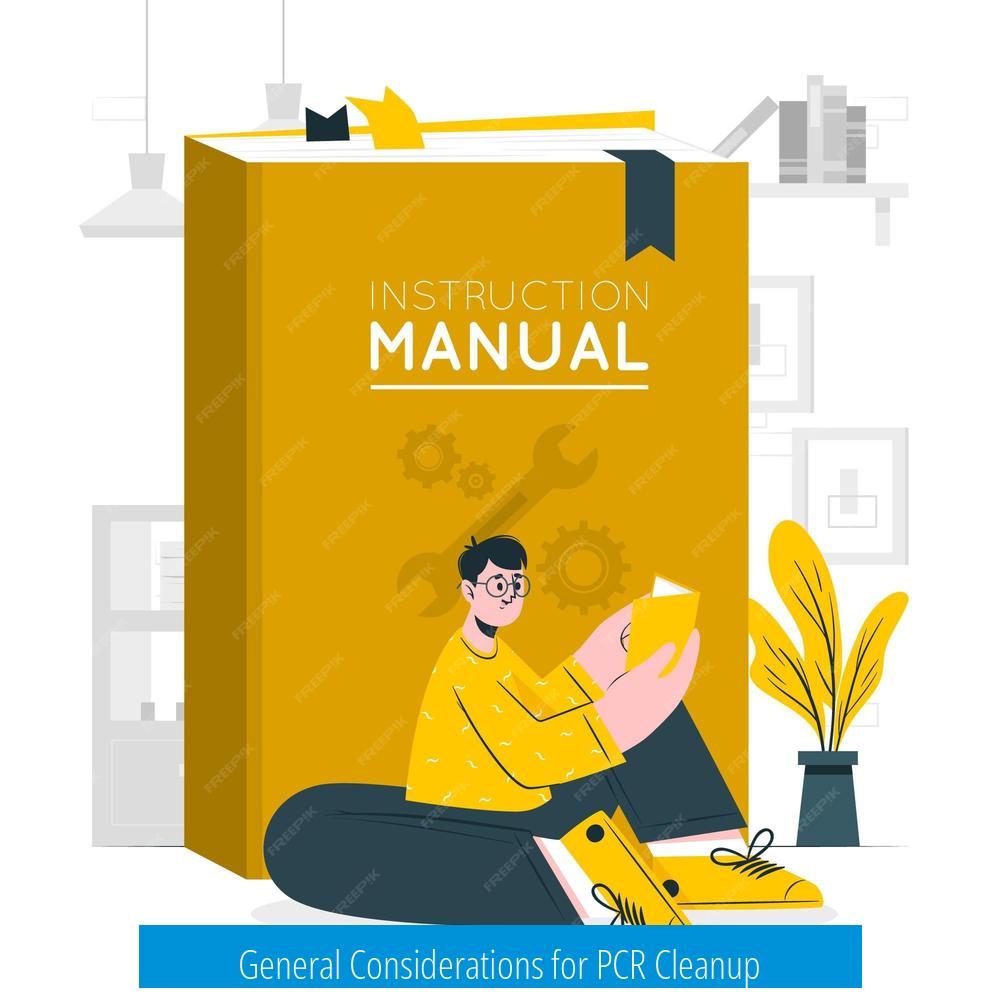
Before deciding on a cleanup approach, evaluate whether purification is necessary. Residual primers and single-stranded DNA may not interfere with all downstream reactions such as in vitro transcription (IVT), which requires double-stranded templates. Sometimes, simply using the PCR product directly (“raw-dogging”) is sufficient if the electrophoresis shows a single clear band.
However, low-level contaminants or unseen nucleotides might be present even if not visible on the gel. These could affect sensitive reactions or sequencing. Therefore, effective purification improves experimental reliability.
Manual PCR Product Cleanup Techniques
1. Old-school Low-Melt Agarose Extraction
This vintage method uses low-melt agarose gel electrophoresis followed by physical extraction of the DNA band and centrifugation through glass wool for recovery. Although historically used, purity is generally limited. To increase purity, sequential phenol/chloroform extraction, chloroform washing, and ethanol precipitation are required.
This approach is labor-intensive, time-consuming, and yields impure DNA compared to modern methods.
2. Phenol-Chloroform Extraction
A manual liquid-liquid extraction method, phenol-chloroform extraction separates nucleic acids from proteins and contaminants. It can be used directly after PCR or as an additional purification step post-gel extraction.
The procedure entails mixing the PCR product with phenol-chloroform, centrifugation to separate phases, recovery of the aqueous DNA-containing phase, and ethanol precipitation. It is effective but involves toxic chemicals and extra handling steps.
3. Column-Based Cleanup Using Buffers and Regenerated Qiagen Columns
A practical manual cleanup procedure uses home-made DNA binding and washing buffers with Qiagen spin columns. This provides a middle ground between manual extraction and commercial kits.
| Step | Description |
|---|---|
| Binding | Mix 1 volume of PCR product with 5 volumes of binding buffer (3 M NaCl, 30% ethanol). Transfer mixture to a Qiagen column. |
| Centrifugation | Spin at 12,000 rpm for 30 seconds; discard flow-through. |
| Washing | Add 600 μL washing buffer (80% ethanol, 10 mM Tris-HCl pH 8.0, 100 mM NaCl, 1 mM EDTA), centrifuge 30 seconds; discard flow-through. |
| Dry Spin | Centrifuge empty column 1 minute at 12,000 rpm to remove residual ethanol. |
| Elution | Elute DNA with 30 μL nuclease-free water; centrifuge 1 minute at 12,000 rpm. |
This method avoids toxic reagents, recycles columns if desired, and produces purified DNA suitable for most downstream applications.
4. Commercial PCR Cleanup Kits
For convenience and higher consistency, commercial kits are available:
- Qiagen GeneJet Gel Extraction Kit — widely recommended for quality and reliability.
- NEB Monarch Gel Extraction Kit — comparable in performance, often more cost-effective.
Tips for optimization:
- Elute DNA in lower volumes to increase concentration.
- Quantify purified DNA carefully; spectral readings from nanodrop devices may display anomalies but concentration values remain accurate.
- For large PCR fragments, adjust standard protocols to improve yield.
5. Generating Large Amounts of PCR Product
Sometimes, a single cleanup is insufficient. Alternatives include:
- Re-amplification: After initial cleanup, perform another PCR to increase DNA quantity.
- Cloning: Insert the PCR product into high-copy plasmids (e.g., pBlueScript), followed by plasmid purification and gel extraction of the insert in large amounts.
Cloning allows essentially unlimited DNA production but requires more time.
Practical Tips and Troubleshooting
- Using larger PCR volumes (e.g., 100 μL) can increase purified yield for demanding applications like IVT.
- Gel extraction can be unpredictable; consider doing a normal PCR cleanup and running a small aliquot on a gel to verify product purity.
- Quality Control (QC) technologies such as Agilent TapeStation or BioAnalyzer provide detailed profiles of DNA integrity and contamination, including residual nucleotides.
- Solid Phase Reversible Immobilization (SPRI) bead-based methods provide efficient alternative purification approaches.
- Always verify purified DNA by gel electrophoresis and, if applicable, sequence the product to confirm quality.
Summary of Recommendations
- If manual cleanup is preferred, use buffer and column protocols combining high salt/ethanol binding with effective washing and elution steps.
- Consider commercial kits for ease, reproducibility, and purification quality.
- Assess whether purification is necessary for your downstream application; some tolerances exist.
- Phenol-chloroform extraction remains an option but requires more labor and handling of hazardous reagents.
- To obtain large DNA quantities, employ re-PCR or cloning strategies.
- Utilize QC tools to verify the absence of unwanted contaminants and to get accurate DNA quantification.
How do I manually clean up PCR products using Qiagen columns?
Mix 1 volume of PCR product with 5 volumes of DNA binding buffer (3 M NaCl, 30% ethanol). Load this onto a regenerated Qiagen column and centrifuge at 12,000 rpm for 30 seconds. Discard flow-through, wash with washing buffer, then elute with 30 μL of water.
Is phenol-chloroform extraction a good method for PCR product cleanup?
Phenol-chloroform extraction can clean PCR products but is laborious. It usually requires follow-up steps like ethanol precipitation. It is less pure and more time-consuming compared to column-based methods.
When should I consider skipping PCR cleanup before in vitro transcription?
If you have a single, strong PCR band and IVT requires only double-stranded DNA, leftover primers might not interfere. You could try using the PCR product directly without cleanup in some cases.
What are some tips to improve DNA yield when using commercial kits?
- Elute with less buffer, such as 30 μL or less, to increase concentration.
- For large PCR products, tweak the protocol as recommended by kit instructions.
- Run larger PCR reactions and load more product onto the column.
How can I generate large amounts of purified PCR product?
You can re-amplify the purified fragment using PCR or clone the PCR product into a high-copy plasmid like pBlueScript. Then miniprep and gel extract your insert for larger yields.
What quality checks should I perform after PCR cleanup?
Run gel electrophoresis to confirm product size and purity. Use QC tools like Agilent TapeStation or BioAnalyzer to detect contaminants. Keep in mind that quantification using nanodrop may show strange spectra but focus on concentration values.


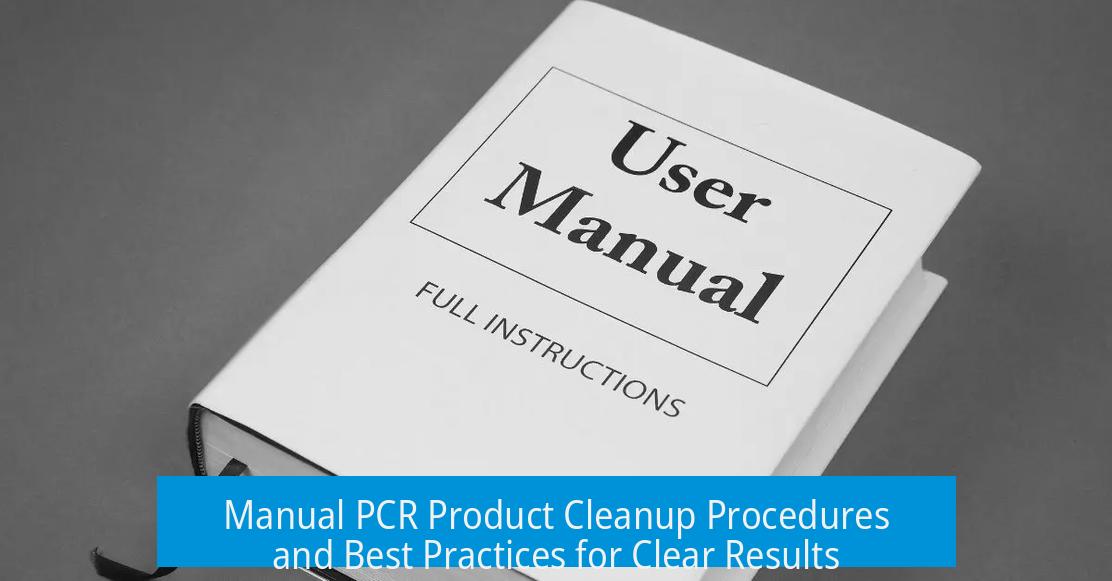
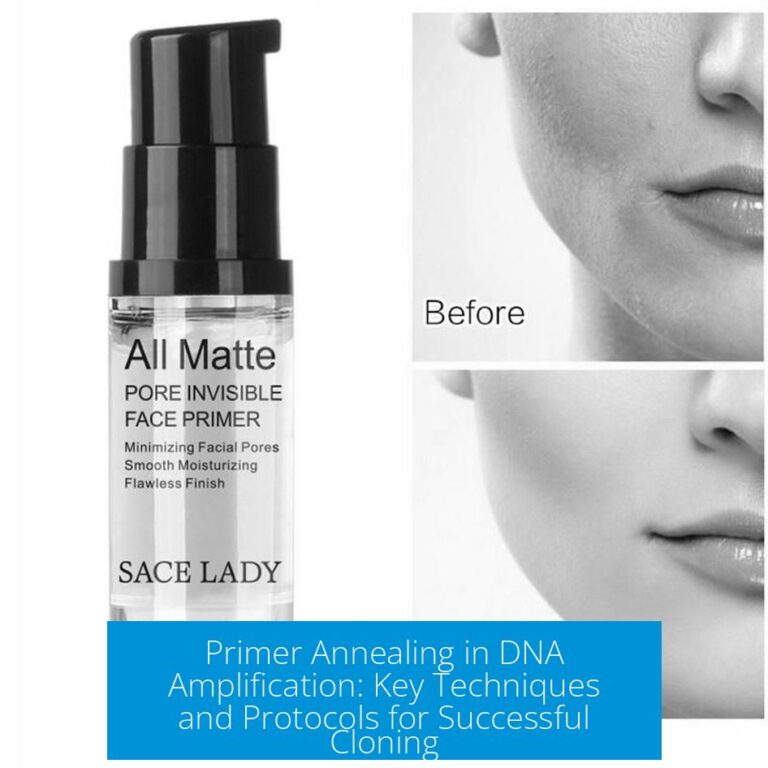
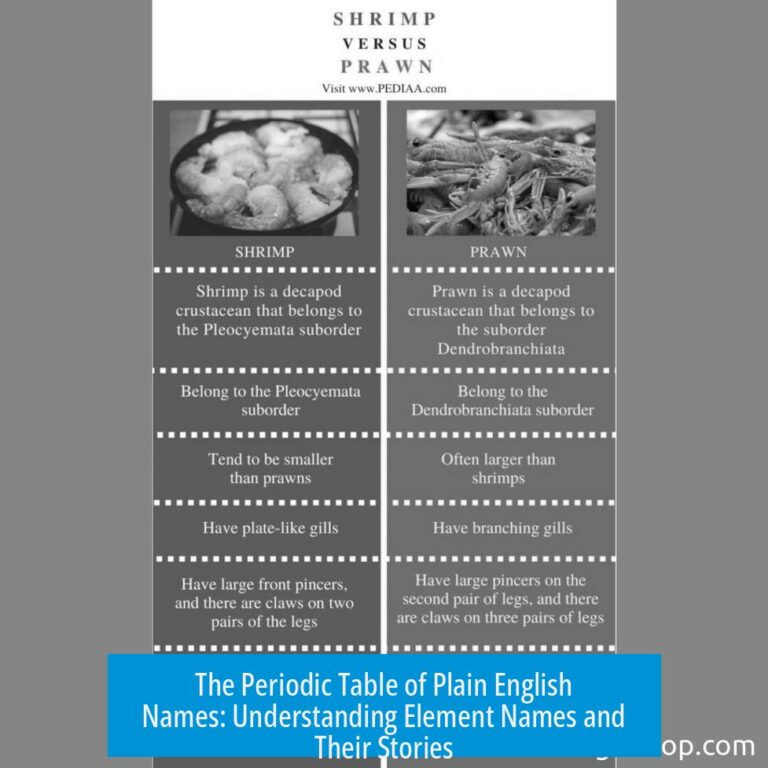
Leave a Comment